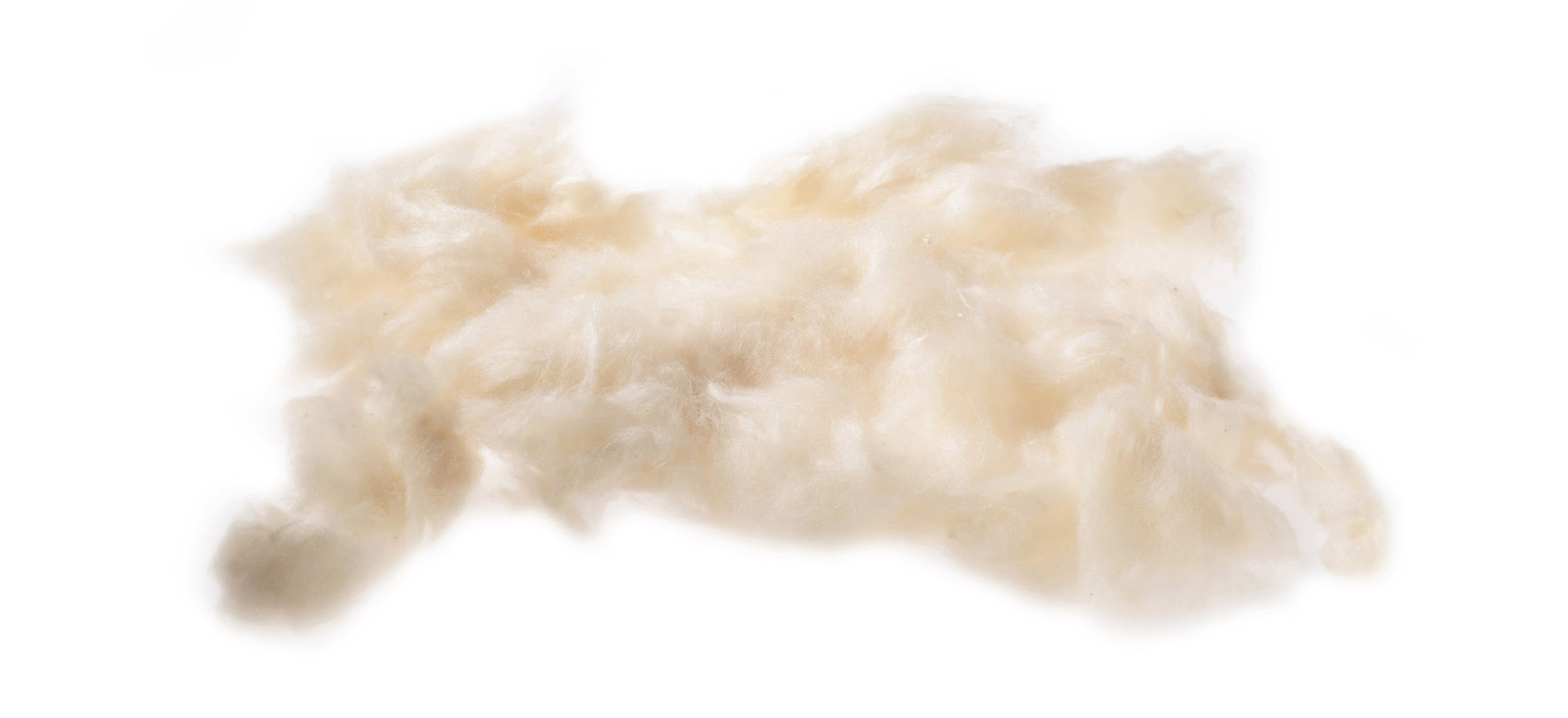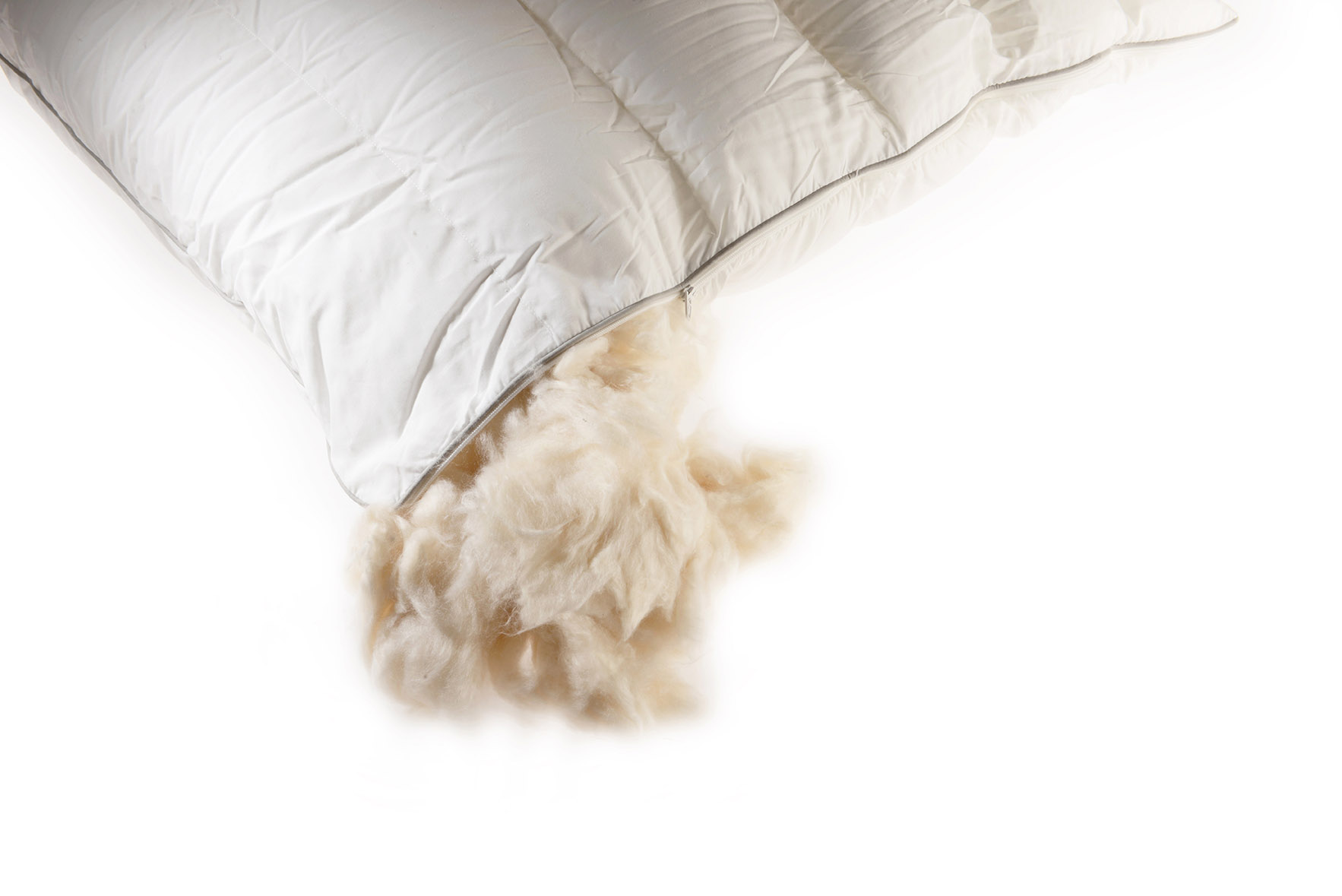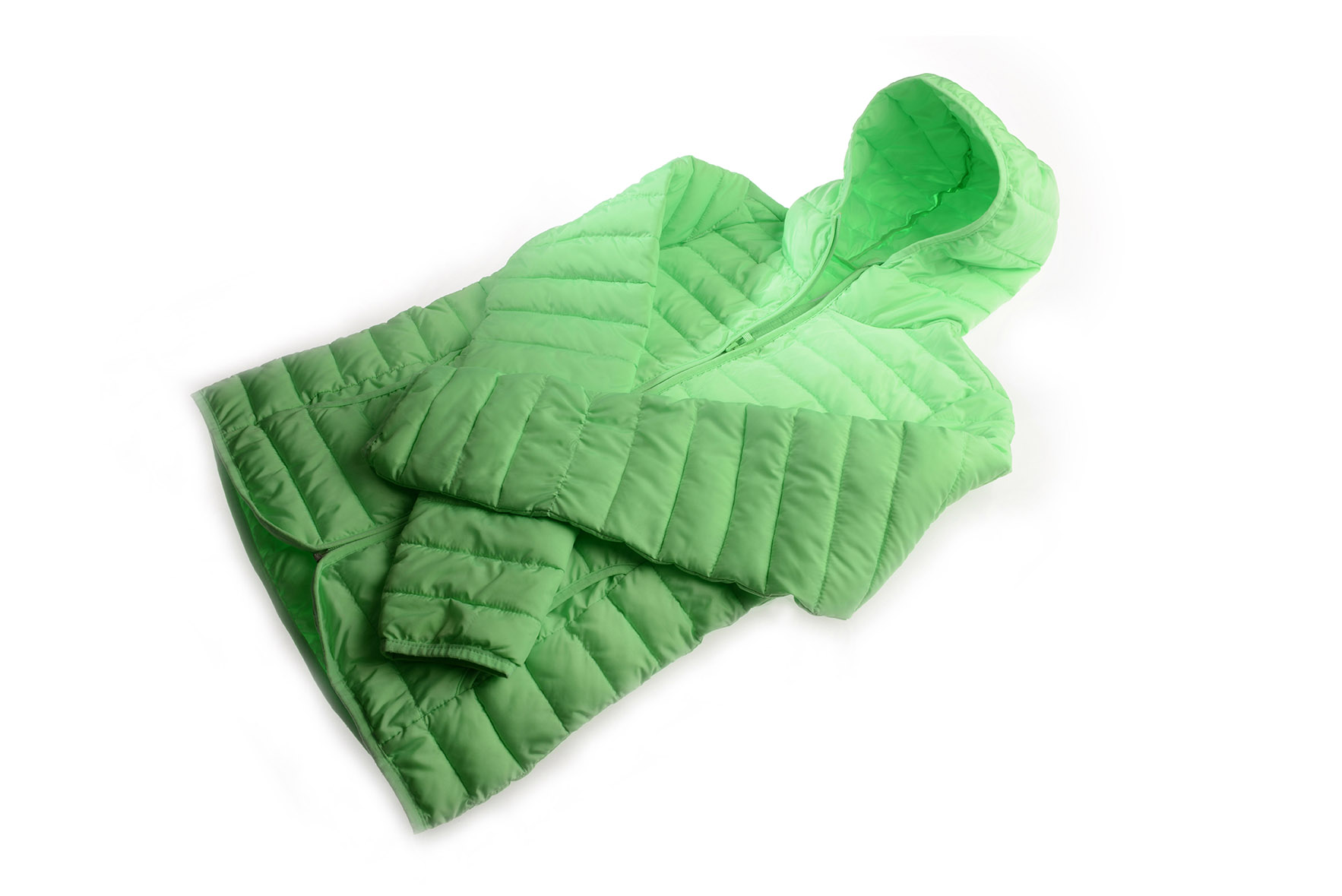Kapok are fine fibres with a silky sheen made from the pods or nuts of the kapok tree (bot. Ceiba pentandra). Kapok belongs to the bombacaceae family and is also referred to as kapok tree or Ceiba. Kapok is a hollow fibre, a fine construction of tubes about 2–6 cm in length. A wax layer on the outside surrounds the fibres. Hence, kapok – in contrast to the majority of other natural fibres – is not hygroscopic and naturally antiseptic. Due to the air pockets, kapok fibres are considered the lightest textile fibres in the world (six times lighter than cotton).

WADDING
Owing to their natural properties for regulating heat and moisture, nowadays kapok fibres mainly function as wadding for mattresses, blankets, cushions and upholstery material. This is particularly the case in the Asian region, but these products are now popular and widely available in Europe, too. These fibres can also be found in buoyancy and life jackets.

TEXTILES
For a long time, kapok fibres were regarded as non-spinnable. It was not until 2004, that kapok in a mixture with cotton was successfully spun into a yarn for the first time, thanks to a new spinning technology by the company Gebr. Otto. Since then, kapok fibres have also played a role in the textile industry.
